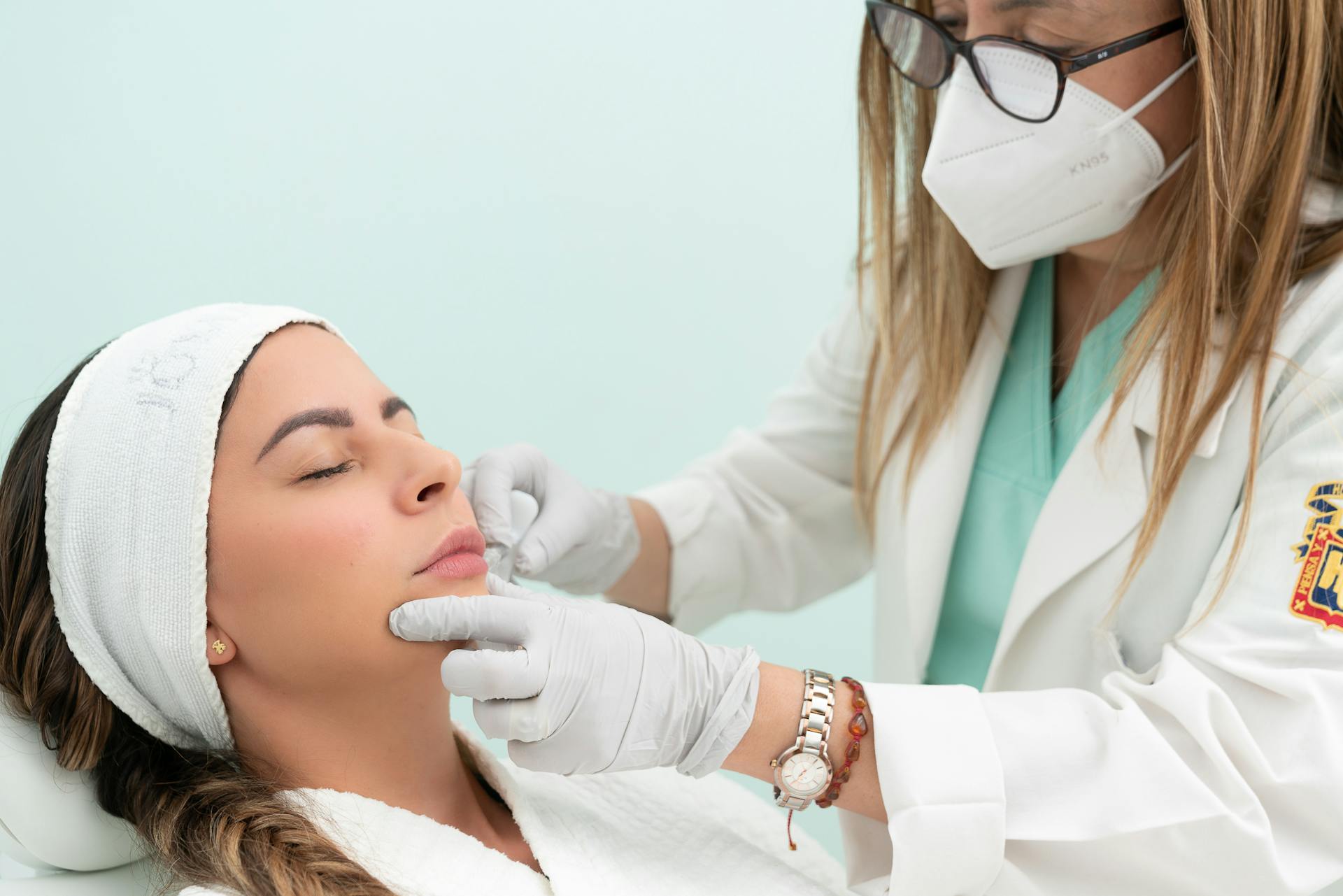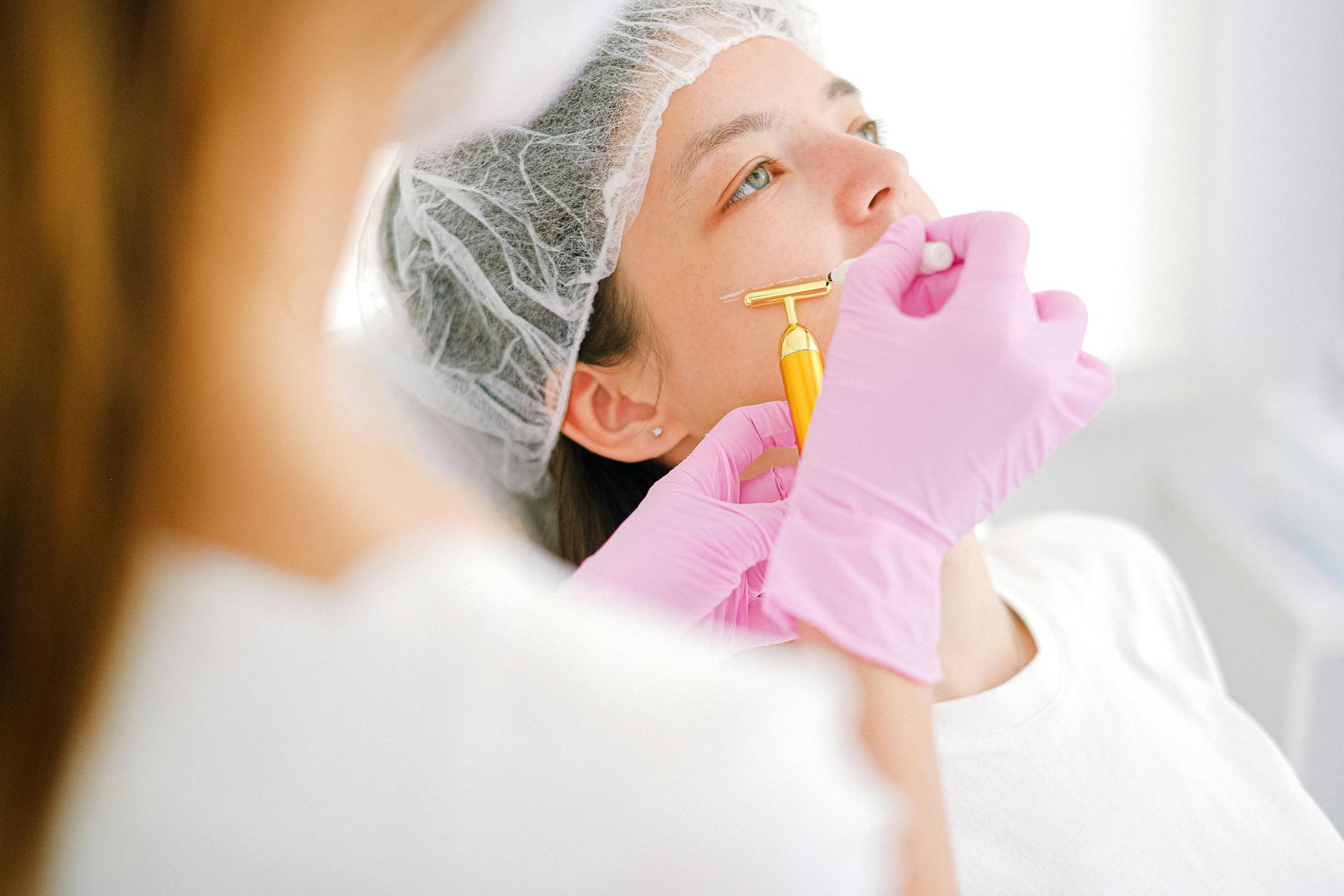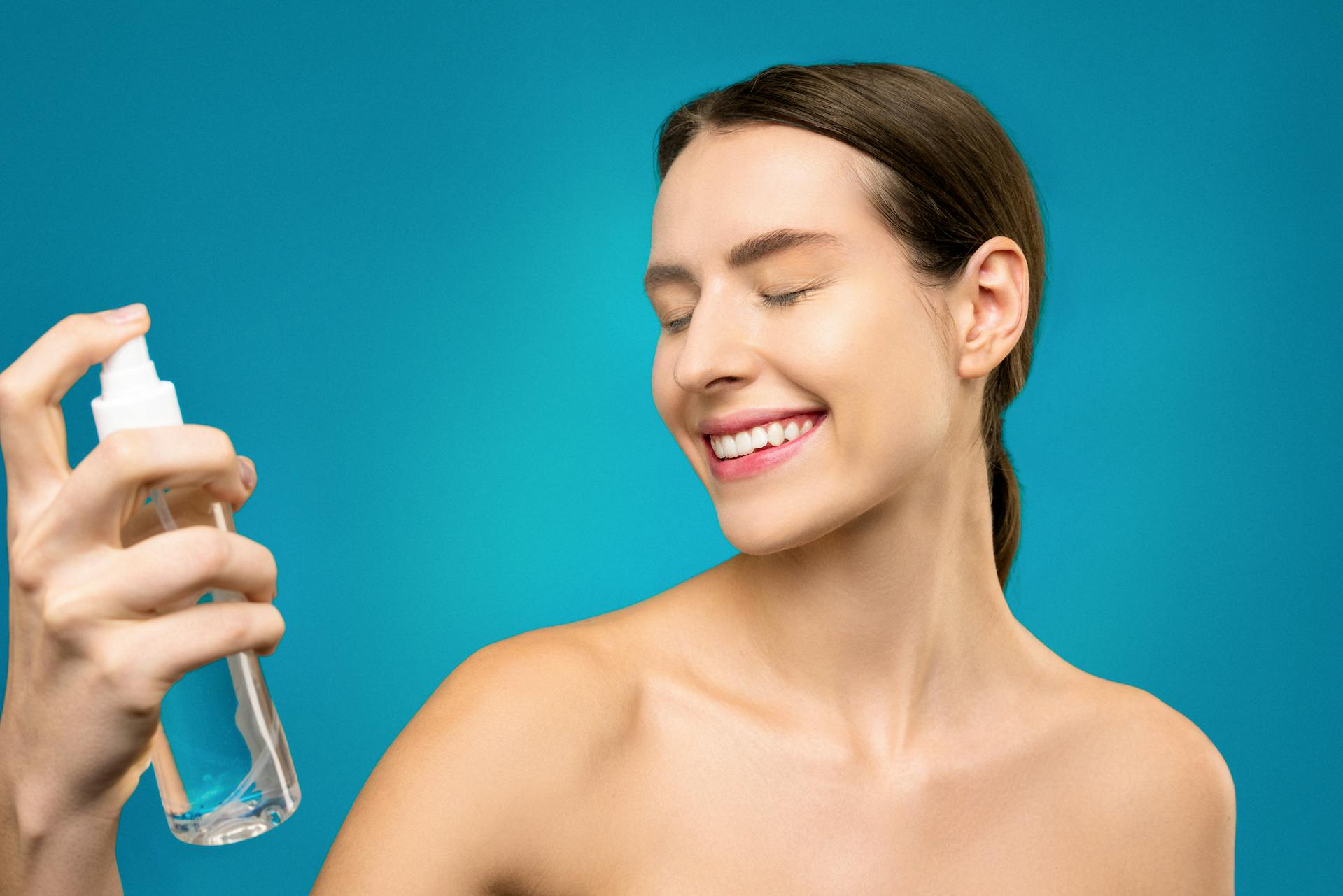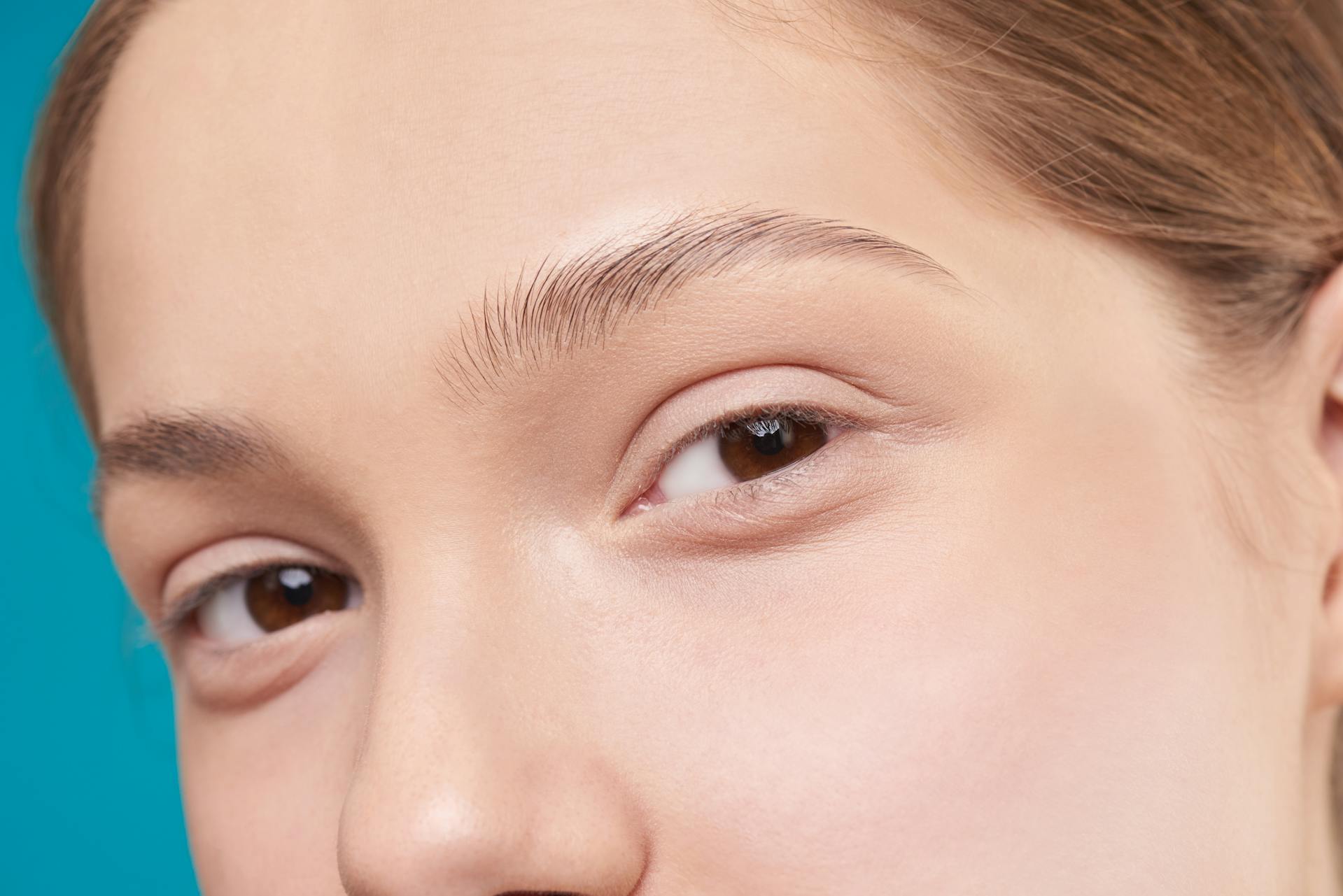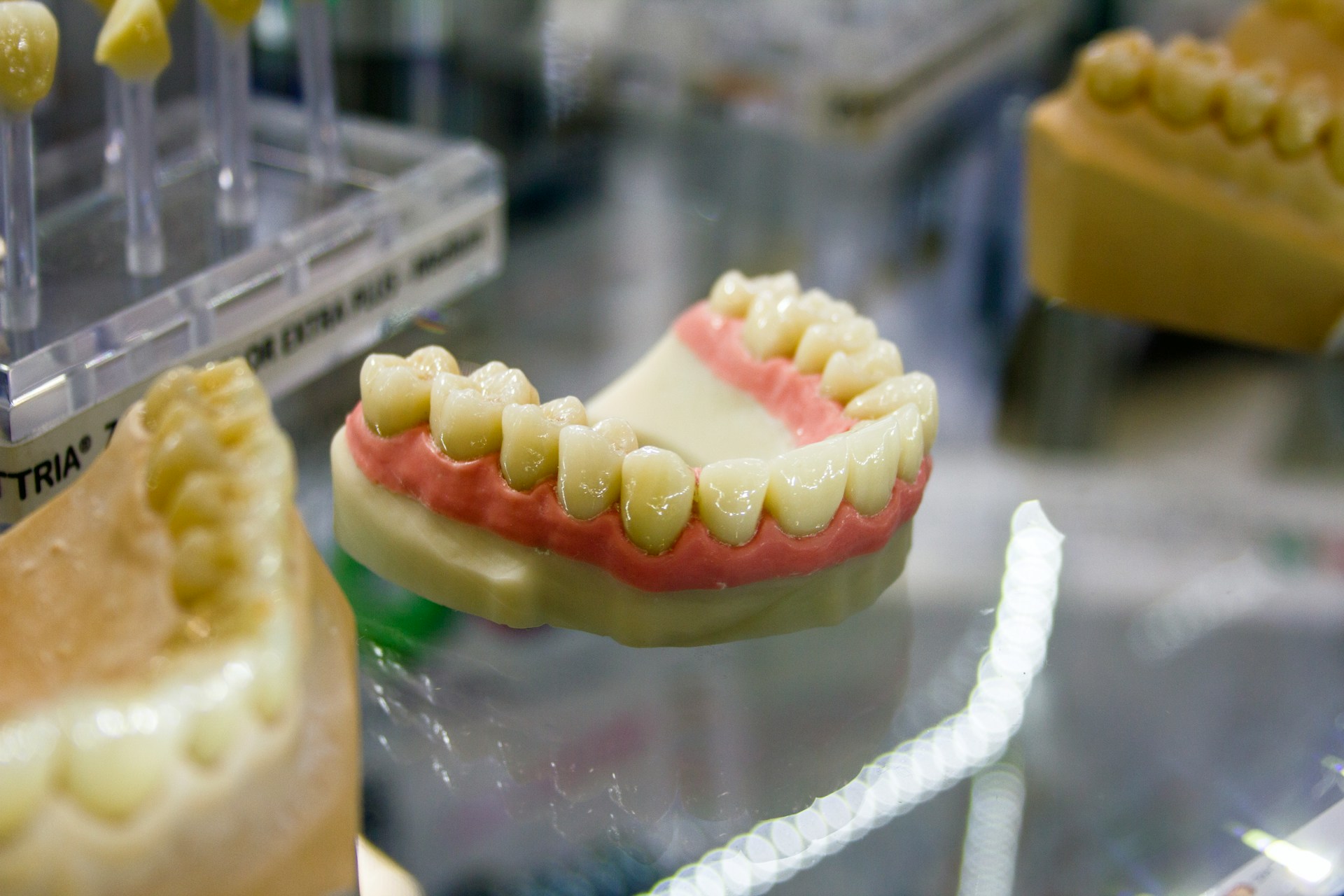As the beauty industry evolves, an increasing number of individuals are exploring preventative Botox as a proactive approach to skincare. This article delves into what preventative Botox entails, the reasons why people in their twenties are opting for this treatment, and the benefits and risks tied to early use.
In addition, it discusses the mechanics of how Botox works, the various types available, and what one can expect during an appointment. For those curious about whether preventative Botox may be suitable for them, this serves as a comprehensive guide.
What is Preventative Botox?

Preventative Botox is increasingly recognised as a proactive method for facial rejuvenation. It involves the use of botulinum toxin to reduce the appearance of fine lines and wrinkles before they become noticeable.
Recently, this treatment has gained traction among younger individuals, particularly millennials, who are keen on maintaining skin elasticity and preserving their youthful appearance. Many view this non-surgical option as an integral part of contemporary skincare routines, focusing not only on minimising age-related changes but also on promoting overall skin health.
Why People Start Botox in Their Twenties?
The choice to begin Botox treatments in one’s twenties is frequently influenced by a mix of emotional factors, societal beauty standards, and peer pressure.
Many young individuals are becoming more conscious of their appearance and are eager to address the early signs of ageing, such as facial expression lines, before they become more noticeable. This proactive attitude towards skincare indicates a cultural shift that emphasises the importance of youth preservation and self-confidence, particularly among millennials who prioritise their aesthetic goals.
What are the Benefits of Starting Botox in Your Twenties?
Starting Botox in your twenties offers numerous benefits that go beyond immediate aesthetic enhancements; it serves as a proactive strategy for wrinkle prevention, with Baby Botox being a popular choice for those seeking subtle, natural-looking results.
Preventative Botox helps slow the development of deeper wrinkles, maintaining better skin elasticity and a youthful appearance over time. In addition to its aesthetic benefits, Botox can also provide therapeutic relief, such as helping individuals who experience migraines by reducing the frequency and severity of their episodes.
Dermatologists highlight that integrating Botox into a comprehensive skincare routine at a younger age can prevent the formation of static lines, which become more challenging to treat as the skin ages. Regular maintenance treatments every few months ensure the skin retains its vitality, making preventative Botox a smart investment for both long-term skin health and improved well-being.
What are the Risks of Starting Botox in Your Twenties?
While the appeal of early Botox treatments can be quite tempting, it is important to carefully consider the potential risks involved with starting Botox in your twenties. This includes possible side effects and long-term effects that may not yet be fully understood.
Common side effects of Botox can include bruising, swelling, and unintended changes in facial dynamics, especially if the treatment is not administered by qualified practitioners. Being aware of these risks is essential for managing expectations and ensuring a safe experience with this popular cosmetic procedure.
Individuals should also be mindful of how often they undergo treatments, as excessive use can lead to complications or an overreliance on the procedure to maintain a youthful appearance. Moreover, it is crucial to consider health factors, particularly for those with specific medical conditions or allergies.
Ethical considerations should be a top priority when contemplating such treatments, as not all practitioners maintain the same standards of care. Consulting with experienced professionals not only helps clarify potential repercussions but also supports well-considered choices, ensuring safety and satisfaction with the results.
How Does Botox Work?
Botox works by utilising botulinum toxin to temporarily inhibit the signals from nerves to muscles. This results in decreased muscle activity and smooths out facial dynamics, which effectively aids in wrinkle prevention. This non-surgical treatment is particularly beneficial for areas that are susceptible to fine lines, such as the forehead and around the eyes.
By gaining an understanding of how Botox functions, clients can make informed decisions about whether to include it in their skincare routine.
The process involves a precise injection of the toxin into specific facial muscles, effectively preventing those muscles from contracting, which is often the primary cause of visible wrinkles. As these muscles relax, the skin above them appears smoother and more youthful, diminishing the visibility of crow’s feet and frown lines.
Safety is a critical consideration when it comes to Botox, making it essential for individuals to seek treatment from certified professionals to minimise any potential risks.
Along with Botox, there is a range of treatment options available, including dermal fillers and innovative techniques such as microneedling. These options can work together to enhance skin appearance and rejuvenation, providing clients with a comprehensive approach to facial aesthetics.
What are the Different Types of Botox?

When contemplating Botox, it’s essential to recognise that there are several types of Botox products on the market, each tailored for specific cosmetic procedures and aesthetic objectives.
These injectables can effectively target various areas of the face, offering solutions for everything from wrinkle prevention to managing dynamic facial lines.
By familiarising yourself with the different types of Botox, you can make informed decisions regarding your treatment options.
Which Type of Botox is Best for Preventative Use?
For individuals considering early intervention through preventative Botox, the most suitable type typically involves formulations specifically designed to prevent fine lines and maintain skin health. These formulations can effectively target areas such as the forehead and around the eyes, contributing to a smoother appearance and more enduring results.
Understanding which type is most appropriate for preventative use can significantly impact the effectiveness and overall satisfaction with the treatment.
Clients often have different expectations based on their skin type and age, making a thorough skin analysis prior to treatment essential. This assessment allows for a tailored approach to Botox selection, ensuring it meets the unique needs of each individual and enhances the overall outcomes.
Regular treatments may be recommended to maintain consistent effects over time, as noticeable results generally appear within a week after application. Maintaining an open dialogue about desired outcomes and adjusting the frequency of treatments accordingly can further optimise the experience, helping clients achieve their aesthetic goals with confidence.
What to Expect During a Preventative Botox Appointment?
A Preventative Botox appointment generally starts with a comprehensive consultation. During this time, qualified practitioners evaluate the client’s aesthetic goals and explore any emotional factors that may be influencing their desire to pursue this popular treatment.
Clients can expect an in-depth discussion about the process, including potential risks associated with the treatment and what to anticipate both during and after the procedure. Understanding these aspects is essential for ensuring a comfortable experience and aligning client expectations with the actual outcomes.
What is the Procedure for Preventative Botox?
The procedure for Preventative Botox involves a series of precise injections of botulinum toxin into specific areas of the face, aimed at relaxing the muscles that cause facial expression lines. This minimally invasive approach can typically be completed in a short amount of time, making it a convenient choice for individuals with busy lifestyles.
After the procedure, it is crucial to maintain a proper skincare routine and consider follow-up treatments to achieve optimal results.
During the injection process, a skilled practitioner will identify the specific muscle groups to target, ensuring a natural appearance while effectively reducing fine lines and wrinkles. The timeline for results can vary, but most individuals begin to notice visible improvements within a few days, with the full effects emerging over one to two weeks.
Aftercare is equally important; maintaining skin health through adequate hydration and the use of gentle skincare products will help enhance the longevity of the results. It is also advisable to avoid intense exercise, excessive sun exposure, and certain facial treatments for a few days following the treatment to ensure the best outcomes.
How Long Does Preventative Botox Last?
The duration of Preventative Botox results can vary quite significantly from one individual to another, typically lasting anywhere from three to six months. This variation is influenced by several factors, including lifestyle choices, skin type, and the specific areas being treated.
To maintain a youthful appearance and prevent the re-emergence of facial expression lines, clients often find it beneficial to schedule maintenance treatments at regular intervals. Understanding the timeline of these results is essential for planning future appointments and embracing the process of ageing gracefully.
Several factors can influence how long the results of Botox last. For instance, the frequency of treatments and each person’s unique skin characteristics play significant roles. Lifestyle choices, such as sun exposure, hydration levels, and skincare routines, can also greatly impact the effectiveness of the treatment.
Managing expectations is crucial; those who take a holistic approach to their skincare—such as adopting healthy habits—tend to experience longer-lasting effects. Additionally, clear communication with a practitioner regarding desired outcomes can enhance satisfaction and help align treatment frequency with overall skin health.
What are the Side Effects of Preventative Botox?

While Preventative Botox is generally regarded as safe, it is important for clients to be aware of potential side effects. Common reactions may include bruising, swelling, and even temporary drooping in the areas treated. Understanding these side effects is essential for setting realistic expectations and addressing any emotional factors that may arise after the treatment.
It is also advisable to discuss any specific healthcare considerations with qualified practitioners before proceeding.
Managing these side effects is usually straightforward and may involve simple measures, such as applying ice to reduce swelling or bruising, and taking over-the-counter pain relief if necessary.
The safety of Botox largely hinges on selecting skilled professionals who possess a comprehensive understanding of facial anatomy and the associated treatment risks. Clients should feel give the power toed to inquire about their practitioner’s experience and qualifications to ensure they are receiving care from a qualified provider.
Being informed about what to expect can significantly enhance the overall experience and alleviate concerns, making the journey towards a more youthful appearance a positive one.
Are There Any Long-Term Effects of Preventative Botox?
Research on the long-term effects of preventative Botox is still evolving, but current studies indicate that regular use may lead to sustained wrinkle prevention and a more youthful appearance over time. However, potential long-term risks, such as altered facial dynamics or muscle atrophy, should be taken into account.
Clients need to carefully weigh these considerations against the benefits while also reflecting on their overall skin health and quality of life.
As advancements in aesthetic medicine continue to progress, practitioners are paying close attention to how these treatments impact not only physical appearance but also the emotional aspects associated with ageing. Some studies suggest that individuals may experience an increase in self-esteem and overall satisfaction, which can positively influence mental health over time.
However, it is vital to approach preventative interventions with a responsible mindset, ensuring that the desire to minimise signs of ageing does not compromise the importance of maintaining natural expressions.
Ultimately, making informed decisions regarding Botox treatments necessitates a thorough understanding and personal reflection, taking into account both the psychological benefits and potential drawbacks.
Who is a Good Candidate for Preventative Botox?

A suitable candidate for preventative Botox generally includes individuals in their twenties to thirties who are interested in proactive skincare and wrinkle prevention.
However, age is just one aspect to consider; factors such as skin type, emotional influences on self-image, and specific aesthetic goals are also important in determining eligibility for the treatment.
It is advisable for individuals to consult with qualified practitioners for a thorough skin analysis, which can provide clarity on whether they are a good fit for this procedure.
What Age is Recommended to Start Preventative Botox?
While there is no definitive age to begin considering preventative Botox, many practitioners suggest that individuals in their mid to late twenties should contemplate it, as this is typically when fine lines start to emerge. Early intervention is crucial for maintaining skin health and preventing the development of deeper wrinkles.
Additionally, an understanding of current beauty trends can play a role in this decision, as younger generations are increasingly embracing proactive skincare measures.
The reasoning behind opting for such treatments at a younger age often stems from personal aesthetic goals and the desire to align with shifting societal beauty standards. By starting early, individuals can adopt a more thoughtful approach to their skincare routine, which may help mitigate emotional concerns such as anxiety related to ageing.
Many people find reassurance in the knowledge that they are actively working to maintain their youthful appearance, which can contribute positively to their self-esteem and confidence in various social situations.
As awareness of these benefits grows, the dialogue surrounding Botox continues to evolve, leading to greater acceptance of the procedure among those interested in long-term skincare strategies.
What are the Factors to Consider Before Starting Preventative Botox?
Before embarking on Preventative Botox, it is essential to consider several factors, including individual skin type, potential treatment risks, and the significance of consulting with qualified practitioners. Emotional aspects, such as the desire for improved self-esteem and confidence, should also be weighed alongside practical considerations like cost and budget.
Engaging in a thorough consultation is beneficial, as it helps align expectations with realistic outcomes.
Individuals should also reflect on the long-term commitment that aesthetic treatments require, as consistent maintenance is often necessary to achieve the desired results. Patient education plays a crucial role in this process; understanding how injectables work and being aware of potential side effects allows for well-considered choices.
Safety considerations must not be overlooked. Choosing reputable clinics and experienced healthcare professionals significantly reduces the risk of adverse reactions. Additionally, examining personal motivations and societal influences can provide valuable insight into whether this cosmetic choice genuinely aligns with one’s self-image and health objectives.
How Much Does Preventative Botox Cost in the UK?
The cost of preventative Botox in the UK can vary widely due to several factors, such as the practitioner’s level of experience, the reputation of the clinic, and the specific areas being treated. On average, individuals can expect to spend between £150 and £400 per session, which makes budget considerations an essential part of planning for treatment frequency.
By understanding the financial commitment associated with these injectables, individuals can make more informed decisions.
Healthcare considerations also significantly impact the overall pricing structure. Clinics that strictly adhere to cosmetic regulations often charge a premium, as they provide added assurance of safety and professionalism.
Potential clients may find it beneficial to explore various financing options and packages that many facilities offer, which can help facilitate more manageable budgeting over time. Additionally, taking the time to read client testimonials can provide insight into satisfaction levels and treatment outcomes, further guiding one’s choice of practitioner and influencing the associated costs.
Where Can You Get Preventative Botox in the UK?

In the UK, individuals can access Preventative Botox at a range of licensed clinics and dermatology practices that focus on cosmetic procedures.
It is essential to select a provider who complies with cosmetic regulations and has the appropriate qualifications to guarantee both safety and effectiveness.
Additionally, reading client reviews and testimonials can be beneficial in identifying reputable practitioners and clinics that offer this sought-after treatment.
What to Look for in a Botox Provider?
When searching for a Botox provider, it is important to consider several key factors, such as the practitioner’s qualifications, experience, and adherence to safety protocols. These elements are crucial in ensuring a positive treatment experience.
The selection process should also involve an examination of ethical considerations and industry standards that govern cosmetic procedures. These factors not only help protect patient health but also contribute to a more favourable treatment outcome.
Emotional aspects, such as how comfortable one feels during consultations and the provider’s openness to addressing concerns, are significant in the decision-making process. Ensuring that the provider is knowledgeable about the latest techniques and best practices can foster a trusting relationship, which is essential for achieving the desired results.
Ultimately, choosing a knowledgeable provider can significantly impact a client’s aesthetic journey.
What Questions Should You Ask Before Getting Preventative Botox?
Before considering Preventative Botox, it is essential to ask pertinent questions during the consultation process to gain a thorough understanding of the treatment and its implications. Inquiries should encompass topics such as the practitioner’s experience, potential side effects, and what one can expect in terms of results and maintenance treatments.
Addressing these questions helps to align client expectations with the realities of the procedure.
Clients should also engage in a comprehensive discussion about patient education, including how the treatment works and its long-term effects on skin health. It is equally important to explore emotional factors; understanding how the treatment may influence self-image or emotional well-being is crucial for well-considered choices.
Additionally, it is prudent to inquire about healthcare considerations, such as any pre-existing medical conditions or medications that could impact the treatment’s outcome. These discussions create a collaborative environment in which clients feel give the power toed and informed throughout their experience.
Frequently Asked Questions
Is it recommended to start preventative Botox in your twenties?
Yes, it is recommended to start preventative Botox in your twenties in the UK. This is because starting early can help prevent the formation of wrinkles and fine lines, resulting in smoother and more youthful-looking skin in the long run.
What is preventative Botox?
Preventative Botox is a cosmetic procedure in which small amounts of Botulinum toxin are injected into the facial muscles to prevent wrinkles and fine lines from forming. It is often recommended for individuals in their twenties as a proactive measure to maintain youthful-looking skin.
What are the benefits of starting preventative Botox in your twenties?
Starting preventative Botox in your twenties can have several benefits, such as preventing the formation of wrinkles and fine lines, maintaining smooth and youthful-looking skin, and potentially reducing the need for more invasive procedures in the future.
Are there any risks associated with starting preventative Botox in your twenties?
As with any cosmetic procedure, there are risks involved with starting preventative Botox in your twenties. Some potential risks include bruising, swelling, and allergic reactions. It is important to consult with a qualified and experienced practitioner and carefully consider any potential risks before undergoing the procedure.
What is the recommended age to start preventative Botox in the UK?
The recommended age to start preventative Botox in the UK is in your twenties. However, every individual’s skin is unique, and it is ultimately up to the individual and their practitioner to determine the best age to start preventative Botox based on their specific skin concerns and goals.
How often do I need to get preventative Botox treatments if I start in my twenties?
The recommended frequency of preventative Botox treatments varies for each individual, but it is typically recommended to get treatments every 4-6 months. This may vary depending on the individual’s skin concerns and the results of their previous treatments.


